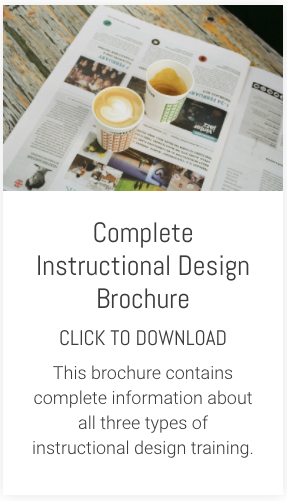Many of us in L&D still hesitate about AI. The reasons vary enormously. For example:
- “It’s not good enough yet.”
- “It’s going to steal my job.”
- “I’m not technical enough.”
Last week’s post explored the flaw in that last reason. We saw that most of us in L&D already hold a hidden set of technical skills — more than most of us give ourselves credit for.
This week, I want to dig into that idea a bit more, with a personal story and a reminder of another skill that many of us underestimate.
You Don’t Need to Know the Detail to Benefit
I’ve never been particularly strong in or had much of an interest in maths. Yet here I am, building a software tool. Even more surprising, as part of deepening my understanding of how AI works, I became quite fascinated by the elegant mathematics that sits behind GPTs.
Luckily, I don’t need to do the maths to be in awe of it — or to benefit from what it enables. I can use GPTs without knowing the detail of semantic maps, tokens, or probability models. I simply need to know how to make the best use of what that ‘behind the scenes’ math can produce.
And I think that highlights an interesting and important parallel for us in L&D. We don’t have to understand every last underlying detail of the subject matter we turn into courses for our learners.
Instead, we need to filter out irrelevant complexity and translate what remains into a learning experience that is relevant, authentic, and usable. This is the hidden L&D skill that I'd like to focus on here.
The Hidden Skill: Turning Complexity Into Clarity
Plenty of SMEs know their subject in depth. A few are even instinctively good instructional designers. But a key understanding that separates a good instructional designer from many an SME is perspective. We design for the learner, not for the content. We can take a step back in order to
- see it from the learner’s point of view
- strip away the content clutter
- sequence ideas clearly and logically, and
- build authentic practice out of all that.
This, I believe, is one of our greatest professional assets.
From Learning Design to Performance Support
Not everyone reading this will have designed performance support materials or content before. If you haven’t, the good news is that the skills you use to design an effective course are very similar to the ones you’ll need to design useful performance support in the workplace.
And here’s the even better news: performance support is the perfect way to combine those existing skills with the power of AI.
Just as we filter complexity into clarity for learners during the course design process, we can use AI to help us produce, usable workplace performance support scaffolding.
Put those two forces together — L&D’s eye for learner relevance and AI’s knack for simplification — and you have a winning formula for extending learning into the flow of work.
Harnessing AI without Being a Techie
You don’t need to be a techie to make AI work in L&D. What you need is a recognition of the skills you have already — and a willingness to apply them in new contexts.
The maths that underpins GPTs may remain out of reach for me, but the elegance of what it makes possible is not. The same is true for L&D. Our job isn’t to master the inner workings of AI, but to harness its power in ways that help people learn, perform, and succeed at work.
If you’d like to see the personal story that sparked this reflection, take a look at this week’s post from my PerformaGo diary: In Awe of the Math I’ll Never Do











